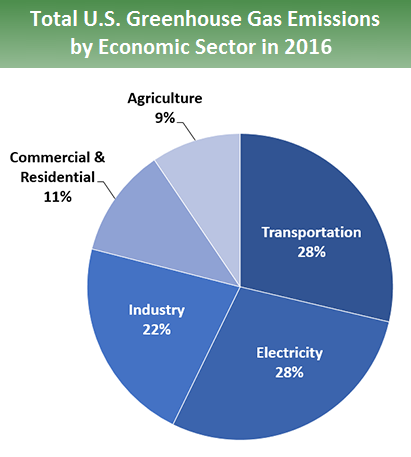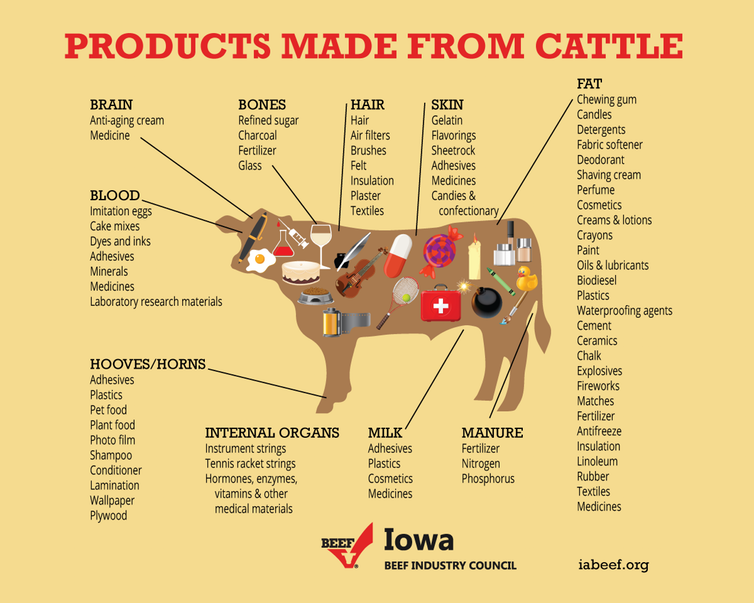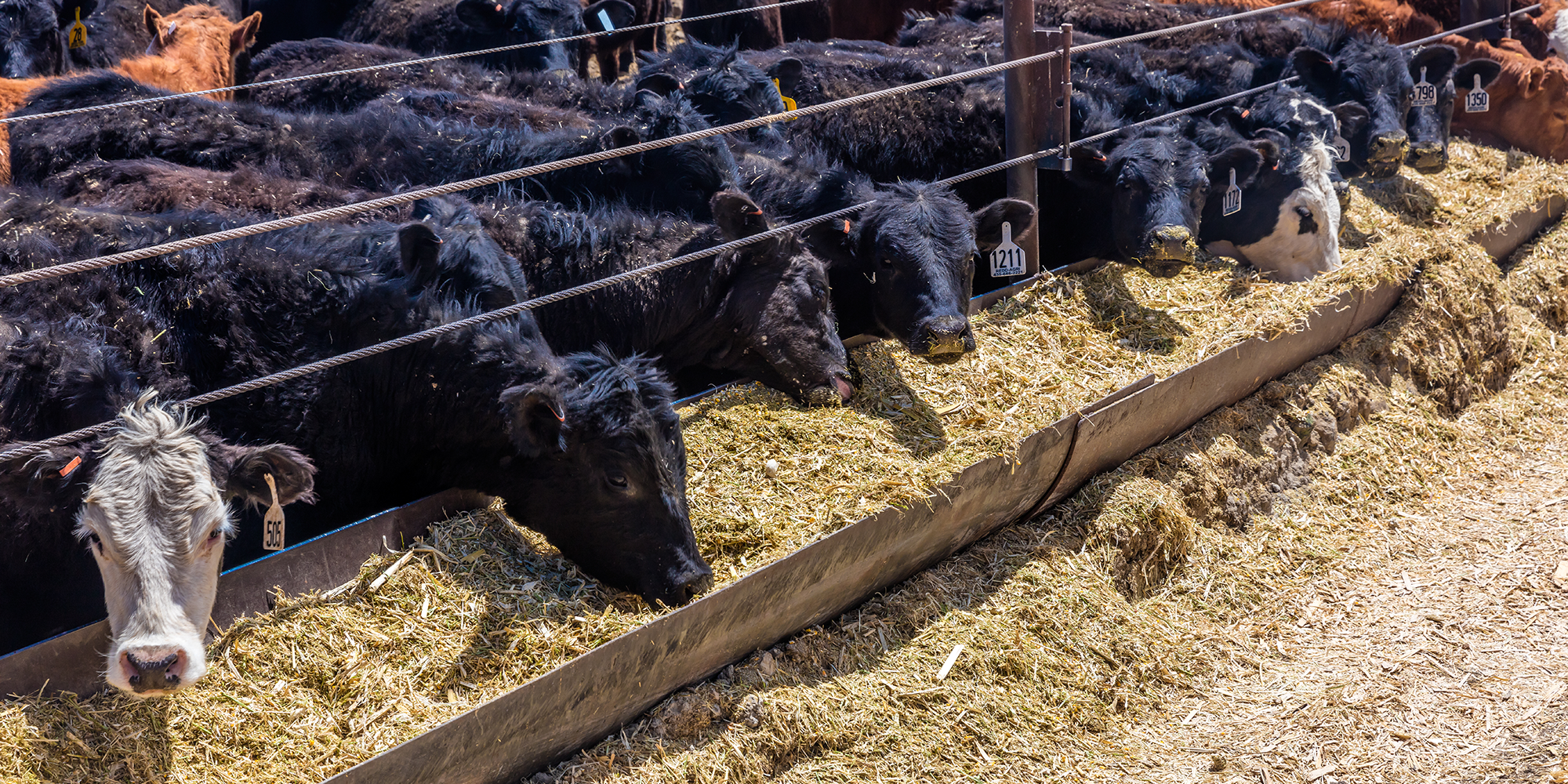Environmental stewardship is an important aspect of agriculture. Creating a sustainable system that can feed the world nutritious food in a way that is efficient, cost effective, and does not harm the environment is a challenge modern agriculture works hard to tackle. There are many examples of the improvements farmers have made over the past decades to reduce their carbon footprint. They continue to work toward that goal, but some people claim that this is not enough.
Many supporters of cell-based meat claim cellular agriculture is the answer. However, large-scale cellular agriculture does not yet exist, so the discussion is largely hypothetical. Still, the question is worth asking: is cell-based meat more environmentally friendly than conventional meat?
A Life Cycle Assessment (LCA) on the production of cell-based meat does not exist (yet). The reason: production is on a small scale, so it is hard to judge the impact of something when you don’t have all the details. Without an LCA, it is difficult to claim the product is more or less environmentally friendly than another product.
Starting with what we know
We know the environmental impact of various animal products. These industries have been established for decades and their inputs and outputs are (relatively) easy to measure. In addition, farmers, governing bodies like the EPA, and other entities have taken careful measures focus both on current impacts and how to continuously improve. However, if you were to Google this topic, you would find a few different numbers being used, though they measure different things. Let’s take a look at them.
Animal Agriculture’s Environmental Impact Compared to Other Industries
EPA – United States
3.9% – The United States Environmental Protection Agency (EPA) calculated the total greenhouse gas emissions for 2016 in the United States. Agriculture accounts for a total of 9 percent of U.S. greenhouse gas emissions. This number includes crop cultivation, livestock, and fuel combustion. Livestock production accounts for 3.9 percent.

Also, the EPA has a wonderful tool called The Data Explorer that allows you to make graphs with their data. You can play with it here.
FAO – United Nations
14.5% – The United Nations’ Food and Agriculture Organization (FAO) is an international organization which measured the greenhouse gas emissions of industries across the world, not just the United States. They determined that the global GHG emissions for animal agriculture is 14.5 percent of the total GHG emissions. One of the reasons it is higher than the EPA’s 3.9 percent is because of America’s innovation. U.S. farmers and ranchers’ commitment to environmental stewardship and sustainability has led to more efficient practices. This allows farmers to raise bigger, healthier livestock and poultry with less land, feed, water, and energy than other countries in the world.
You may notice that this number (14.5%) is slightly higher than the FAO’s estimate for transportation, which is 14 percent. Many activist groups use this to claim animal agriculture is more harmful than all of transportation. However, it is also important to notice they calculated these numbers differently:
- “For livestock, they considered every factor associated with producing meat. This included emissions from fertilizer production, converting land from forests to pastures, growing feed, and direct emissions from animals (belching and manure) from birth to death…However, when they looked at transportation’s carbon footprint, they ignored impacts on the climate from manufacturing vehicle materials and parts, assembling vehicles and maintaining roads, bridges and airports. Instead, they only considered the exhaust emitted by finished cars, trucks, trains and planes. As a result, the FAO’s comparison of GHG emissions from livestock to those from transportation was greatly distorted.”
- 18% – This number initially appeared in a statement made by the FAO in 2006. It was a mistake that was later redacted and corrected. However, since published, this number has persisted, especially among animal activist groups.
Comparing Environmental Impact of Different Foods
When comparing any two things, it is important to know what you are comparing. In the case of animal agriculture, different species and different animal products have different environmental impacts. The environmental impact of beef tends to be greater than pork which, in turn, is greater than chicken. This will be more important when we try to compare them to cell-based meat.
There is a reason cows and sheep have higher impacts compared to other foods, even other meats. Cattle are ruminant animals, meaning they have a unique digestive tract which allows them to consume plants humans cannot digest. This is possible with a symbiotic relationship with microorganisms in their gut which breakdown these plants. The process releases methane, which is why cows are known for producing more methane than other agricultural animals. It is what allows them to “upcycle” plant byproducts with low protein content into meat. This helps with food waste and allows ranchers to raise cattle in areas that cannot grow crops for human consumption.
Briefly: Nutrition
Even though cattle have a higher environmental impact, they have a higher nutritional impact as well. Red meat (such as lamb or beef) has more micronutrients like vitamin B12 compared to white meat. Meat, in general, has a higher concentration of protein and some vitamins and minerals per calorie compared to plants. In order to get the same 25 grams of protein that is in one three ounce serving of beef (170 calories), you would need to consume 1.66 servings of black beans (which would be nearly 400 calories). In order to get the same calcium in an eight ounce glass of milk, you would need to eat six cups of kale.
Animals: More than Meat
Animals produce more than just meat. As you can see in the picture below, other parts of the animal are used for other products. The energy, land, and water used to grow muscle tissue in a cow also grows other types of tissue that can be used for other products.

However, cellular agriculture has a potential answer to this. There are two types of cellular agriculture: tissue engineering (which we discussed in Blog 2) and fermentation. Fermentation-based cellular agriculture (can we make an acronym for this? FBCA, maybe?) uses bacteria, yeast, or algae to produce organic molecules, including protein and collagen. Potential applications include milk, eggs/egg white, animal horns (to reduce poaching) and leather. Like cellular agriculture, this industry has a long way to go, especially in regards to public acceptance, but I thought you would like to know about it.
Cell-based Meat Models
Supporters of cell-based meat claim that it is better for environmental impact. They base this claim on beliefs that it will use less water, available land, and energy, and produce less GHG than conventional meat. These beliefs are based on hypothetical models. At this stage, it is difficult to compare the environmental impacts of large-scale conventional meat production and large-scale cell-based meat production since the latter does not exist yet. Thus, there is no Life Cycle Assessment to support or refute these claims. “The scale required for making cultured meat a commodity will be the largest ever for tissue engineering,” and there are many aspects which have not been tested at that scale.
Models trying predict the environmental impacts vary and the sustainability of cell-based meat is highly dependent on where the energy to produce it comes from. When you read these articles, pay attention to which species they are comparing and whether they assume we will continue to use fossil fuel or sustainable energy sources in the future, as well as the bias of the source. Other considerations: does the model include a cleaning phase? What is the medium used to grow the cells? How is the media produced? An article supporting cell-based meat may cite more ambitious models and compare cell-based production with the use of sustainable energy sources with beef. One the other hand, an article supporting conventional meat may compare cell-based production using fossil fuels to poultry.
Land and Water Use
Most models show potentially lower land use in cell-based meat compared to conventional animal agriculture, although the amount of land varies from species to species. Raising chickens requires less land than pork or beef. According to FAO, 70 percent of the land we use for animal agriculture is unsuitable for crop agriculture.
Many articles criticize animal agriculture as a cause of deforestation, reducing biodiversity and carbon sinks. However, cattle can be an important part of regenerating native grasslands in desertified land areas. By grazing on the grass, the cows encourage new growth and prevent the buildup of dead plants. This enables the deep roots to live from season to season and soak up water. Cattle trampling, defecating and urinating on the soil increases soil richness and encourages plant growth. More plants and more plant roots absorb water, preventing the cycle of drought, flooding, and erosion that occurs in these areas.
Similar to land use, most models say cellular agriculture could potentially use significantly less water than animal agriculture.
Energy Use and GHG Production
Any discussion on energy use is highly dependent on how we create electric energy. For conventional meat production, the energy source will not impact the energy output much. For cell-based meat production, it will be the fundamental factor.
This number is also dependent on energy sources. Some articles are also considering the differences between methane vs CO2. Methane (the GHG that comes from belching – not farting – cattle) has a much greater impact in the short term than CO2. However, it only remains in the atmosphere for 12 years, as opposed to CO2, which can remain in the atmosphere for thousands of years. Thus, the long term effects (when looking over millennia instead of decades) could (theoretically) be worse for cell-based meat. In the words of one study: “We conclude that cultured meat is not prima facie climatically superior to cattle; its relative impact instead depends on the availability of decarbonized energy generation and the specific production systems that are realized.”
Conclusion
This does not mean the numbers are not worth reviewing at this stage. It just means reality may look very different from the estimates. Based on current evidence and models, “The overall picture is that cultured meat could have less environmental impact than beef, and possibly pork, but more than chicken and plant based proteins… However, cultured meat technology has significant scope for innovation that could reduce the energy requirements below those used in these assessments, and subsequently could deliver better environmental outcomes than these models predict.”
So, back to our question, “Is cell-based meat better for the environment?” The short answer: We don’t know yet. The slightly longer answer: It depends on its large-scale efficiency and how we produce energy in the future.
All posts are the opinion of the author and do not necessarily represent the view of the Animal Ag Alliance.







